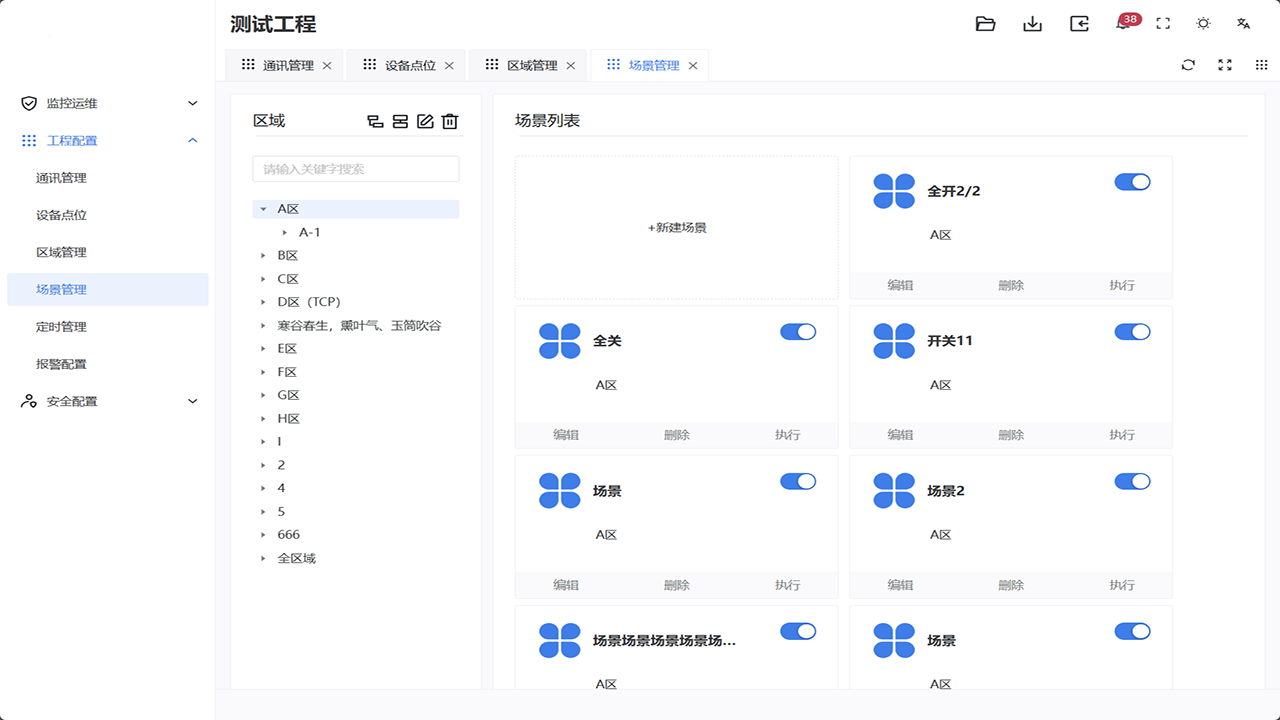System Advantages
Robust and stable YC-BUS system bus architecture
Based on YC-BUS technology,the system has powerful intelligent lighting gateway;stable switch control modules with diverse product range to meet project needs;comprehensive dimming control modules with outstanding dimming performance;complete range of supporting modules, panels, and touchpanels.The rail-mounted bus module uses a bus connector, eliminating the need for manual wiring, ensuring stability and reliability.The failure of a single bus device does not affect the normal operation of the entire bus system. Simply replacing the faulty device with a new product and properly setting the ID number completes the replacement.
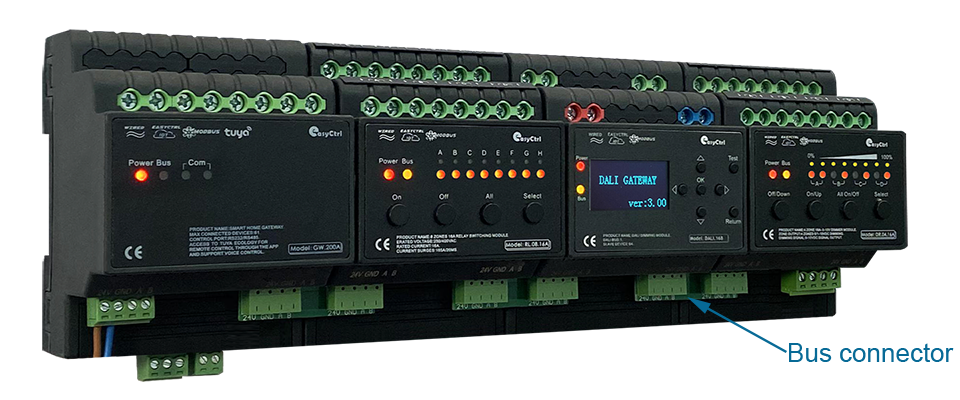
Complete supporting software
1.System configuration software(Easy to configure, equipped with logic functions, and highly powerful)
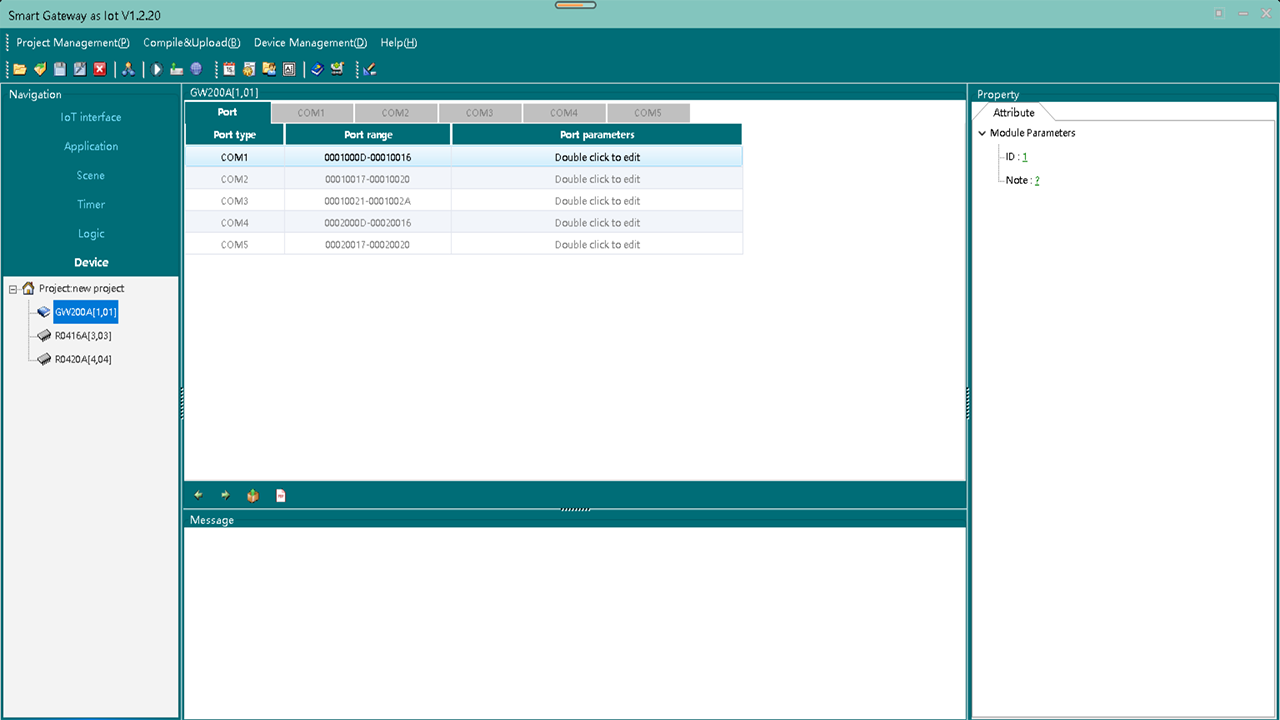
2.Control interface APP for mobile phones and pads
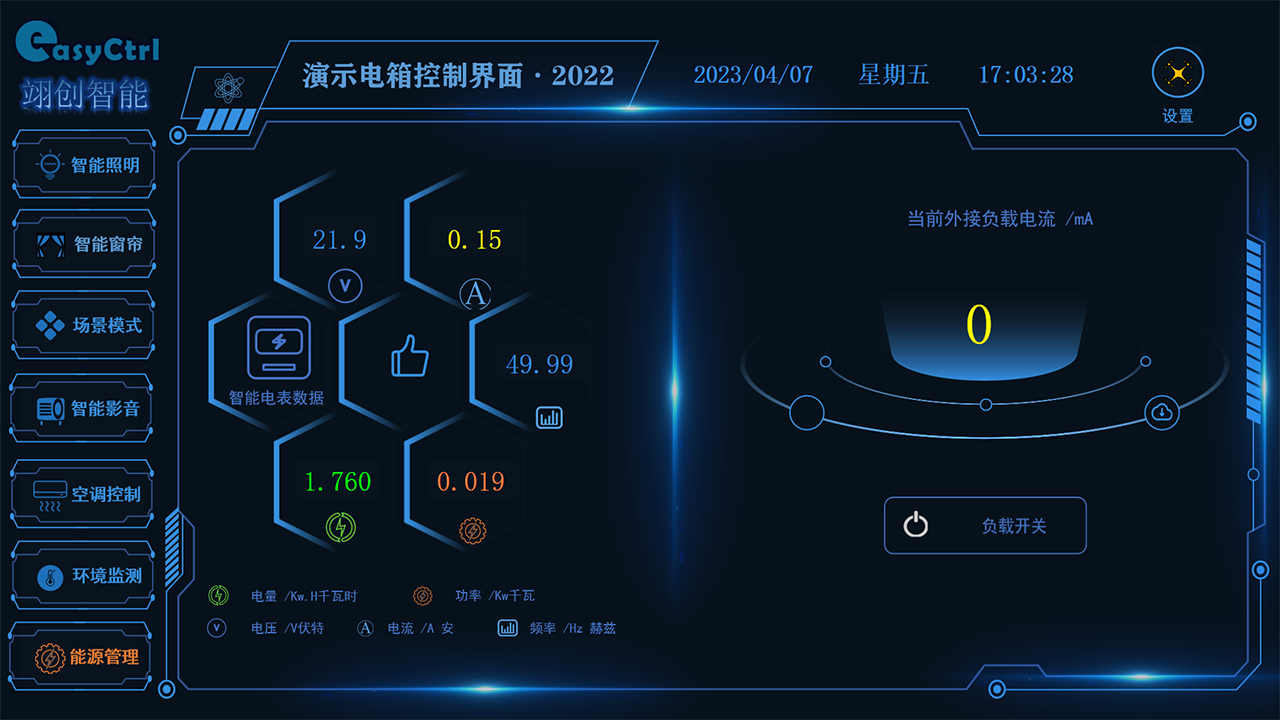
3.PC control interface software(Lan-based)
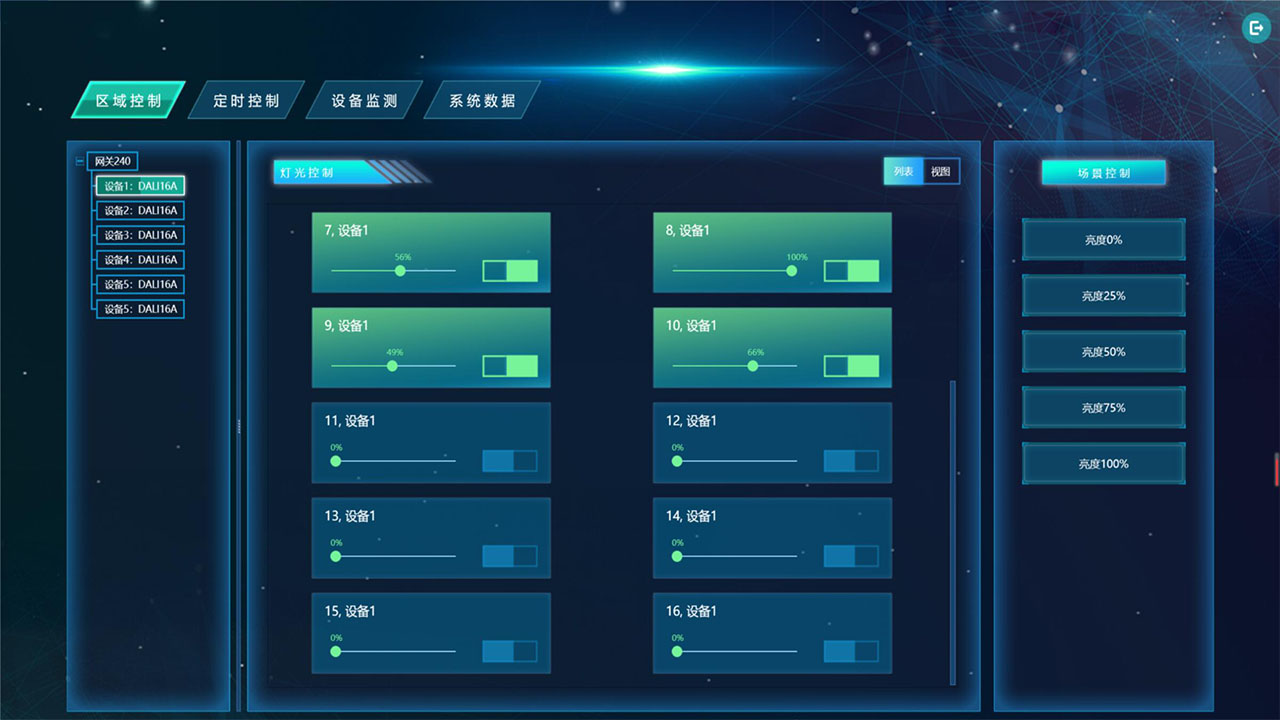
4.Remote control interface software(Browser/server architecture)
